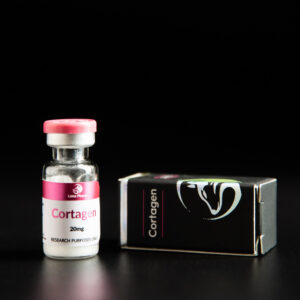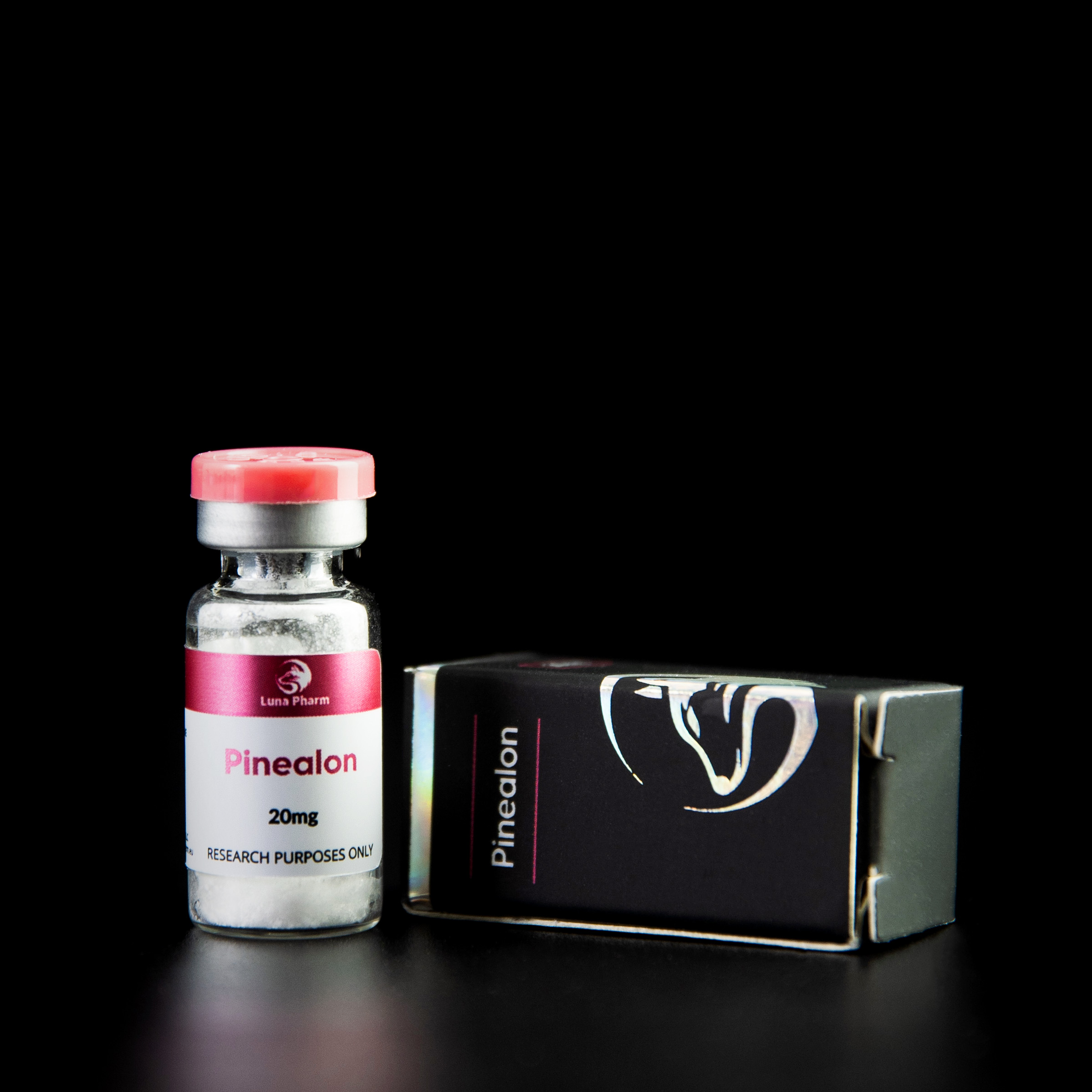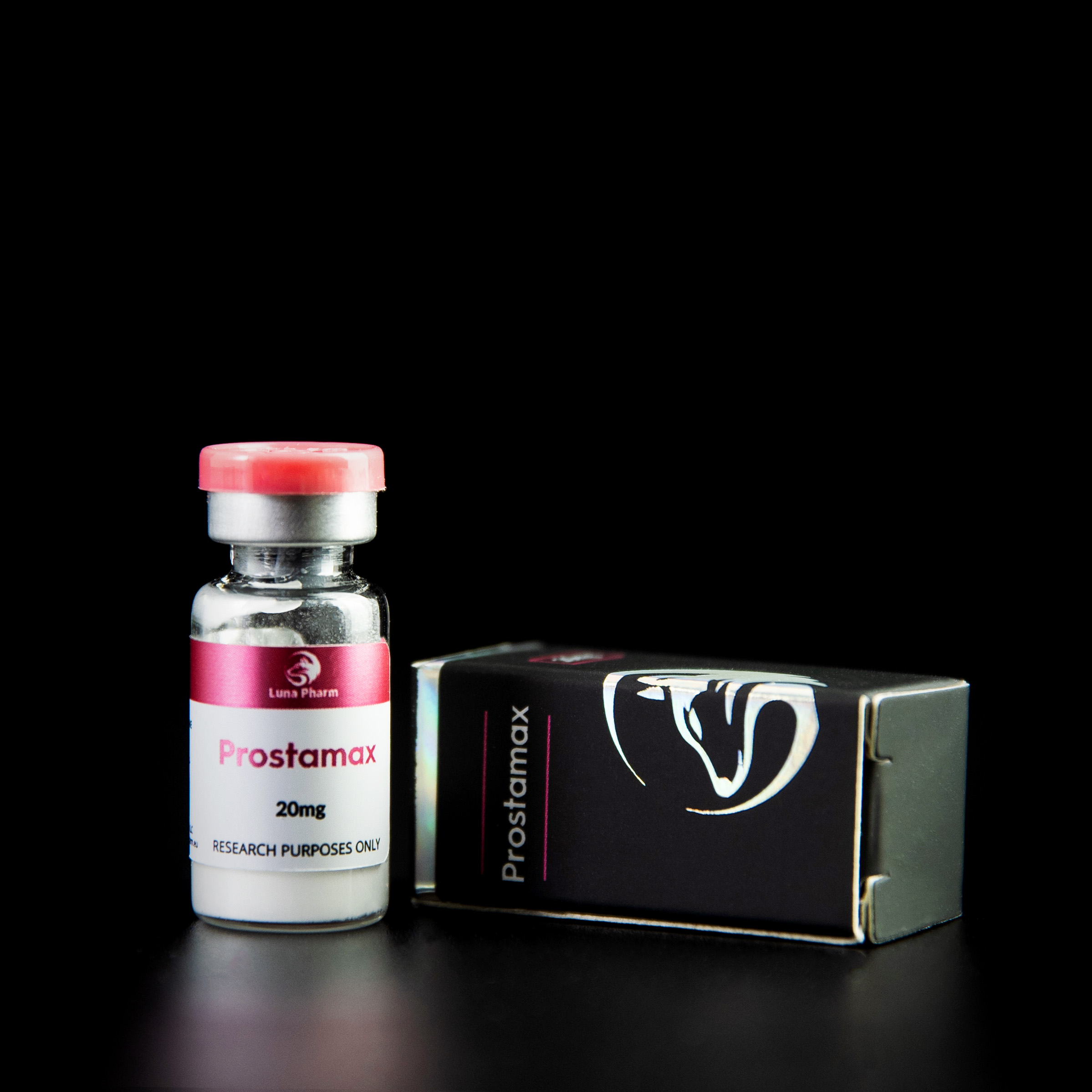Description
MOTS-c as a new mitochondrial peptide
Healthy aging can be promoted by improving metabolic fitness and physical performance. Mitochondria are major metabolic organelles with strong implications in aging processes that also coordinate broad physiological functions, in part through peptides encoded in their independent genome.
Mitochondria are one of the most important players in understanding the aging process at the cellular level, as they are both a major source and target of oxidative damage. Mitochondrial dysfunction is, in fact, a major characteristic of aging that is due in part to the accumulation of mtDNA damage as we age.
Progressive loss of metabolic homeostasis is a feature of aging that hinders the body’s function and ultimately reduces physical performance . In fact, aging is a major risk factor for many non-communicable chronic diseases . The efficiency of the body requires a continuous adaptive cellular response to stress in a constantly changing internal and external environment. Mitochondria not only produce most of the cellular energy, but also coordinate adaptive cellular homeostasis through dynamic communication with the nucleus and other subcellular compartments. Mitochondrial communication is mediated by numerous nucleus-encoded proteins, transient molecules and mitochondrial metabolites
If you are interested in bio-hacking from the real world, you will definitely be interested in MOTS-C.Scientists have only recently started studying MOTS-c. So far, however, the peptide’s potential uses and benefits have exceeded their expectations.
MOTS-c belongs to the family of peptides of mitochondrial origin (MDPs), which means that unlike other hormones that play a role outside and inside the cell, they reside In the mitochondria themselves. Ultimately, this family of MDPs regulates the human body, being involved in cell survival, metabolism, inflammation and response to stressors.
MOTS-c containing 16 amino acids encoded by the 12S rRNA gene region, is expressed mainly in muscle skeletal tissue, but is also found in other tissues and is detected in blood plasma( making it a peptide of natural origin) , both in rodents and humans. This peptide has various functions, as an important cytoprotector that helps maintain mitochondrial function and the formation of new, viable cells under stress conditions, regulating metabolic homeostasis. MOTS-C has not only been identified in the cell nucleus, but also in plasma, making it, of course, a peptide of natural origin.
MOTS-c not only rejuvenates us , and THROUGH PRO SPEECH GAME WUJE. Bio-hacking from the real deal at the mitochondrial level, YASSS.
MOTS-C prevents insulin resistance, improves fat burning and accelerates glucose utilization, turning it into clean energy.
Treatment of mice with MOTS-c has been shown to avoid Insulin resistance, as well as obesity caused by a diet rich in fat( which leads to insulin resistance). Two groups of mice were compared ( one was given water, the other MOTS-c). Administration of MOTS-c prevented mitochondrial dysfunction and reduced fat deposition.
The study indicated that there is interference with the purine biosynthesis pathway between its mechanisms of action. This occurs by inhibiting gene expression of important enzymes that use folic acid as a cofactor, being its main active form 5-methyl-tetrahydrofolate (5Me-THF), which is a cofactor for important pathways such as amino acid catabolism and purine biosynthesis.
Since MOTS-c indirectly inhibits purine biosynthesis, there is an increase in AICAR (5-aminoimidazole-4-carboxamide ribonucleotide), an intermediate compound in purine synthesis. This increase in AICAR activates AMPK kinase, which enhances fat oxidation . AMPK also inhibits Acetyl-CoA, this allows more fatty acids to enter the mitochondria and be available for beta-oxidation. These combined catabolic effects increase lipolysis, decrease lipogenesis and increase glucose uptake via GLUT4.
Longevity
Japan apparently has the longest life expectancy in the world, as well as the highest number of superstudents ( over 110 years old). The mtDNA polymorphism m.1382A> C, has been shown to be associated with longevity in the Japanese population.
Use of MOTS-c leads to the aforementioned polymorphism ( swapping amino acid residues, lysine to glutamate) The m.1382A> C polymorphism is specific to Northeast Asian populations and may be one of the putative biological mechanisms explaining the long lifespan of the Japanese.
Myostatin inhibition
A recent study found that plasma MOTS-c levels are inversely correlated with myostatin levels. Administration of Mots-C daily for 3 weeks resulted in a significant reduction in myostatin levels, which may prevent skeletal muscle atrophy.
Benefits
-Reduction of myostatin levels
-Promotes metabolic flexibility and homeostasis
-Regulation of mitochodria
-Increases energy levels
-Promotes the formation of new mitochondria
-Longevity
-Activates AMP-activated protein kinase (AMPK), a regulator that improves energy metabolism
-Can prevent insulin resistance and diet-related obesity and alleviate diabetes and related disorders
-Stimulates glucose uptake, increases glucose utilization, oxidizes fatty acids and inhibits oxidative respiration.
-Can protect against coronary endothelial dysfunction by reducing the release of pro-inflammatory cytokines and adhesion molecules (cardiovascular protection)
-Regulator of gene expression in the nucleus
-Promotes cellular homeostasis of the stress response
-Reduces visceral fat accumulation caused by High Fat Diet, and prevents hepatic steatosis
-Inhibits genes associated with lipogenesis
-In vitro MOTS-c reduces triglycerides
-Supportive for postmenopausal women
-Increased activation of brown adipose tissue through PGC-1a activation and less accumulation of white adipose tissue.
-Inhibits pro-inflammatory cytokines such as IL-6 and IL-1B
-Activation of Sirt1 signaling in skeletal muscle
-Cardioprotective effects (regulation of endothelial function through complex molecular mechanisms)
-Prevents progression of atherosclerotic plaque
-Increases the ratio of cardiomyocytes to fibroblasts
-Reduces myocardial fibrosis













